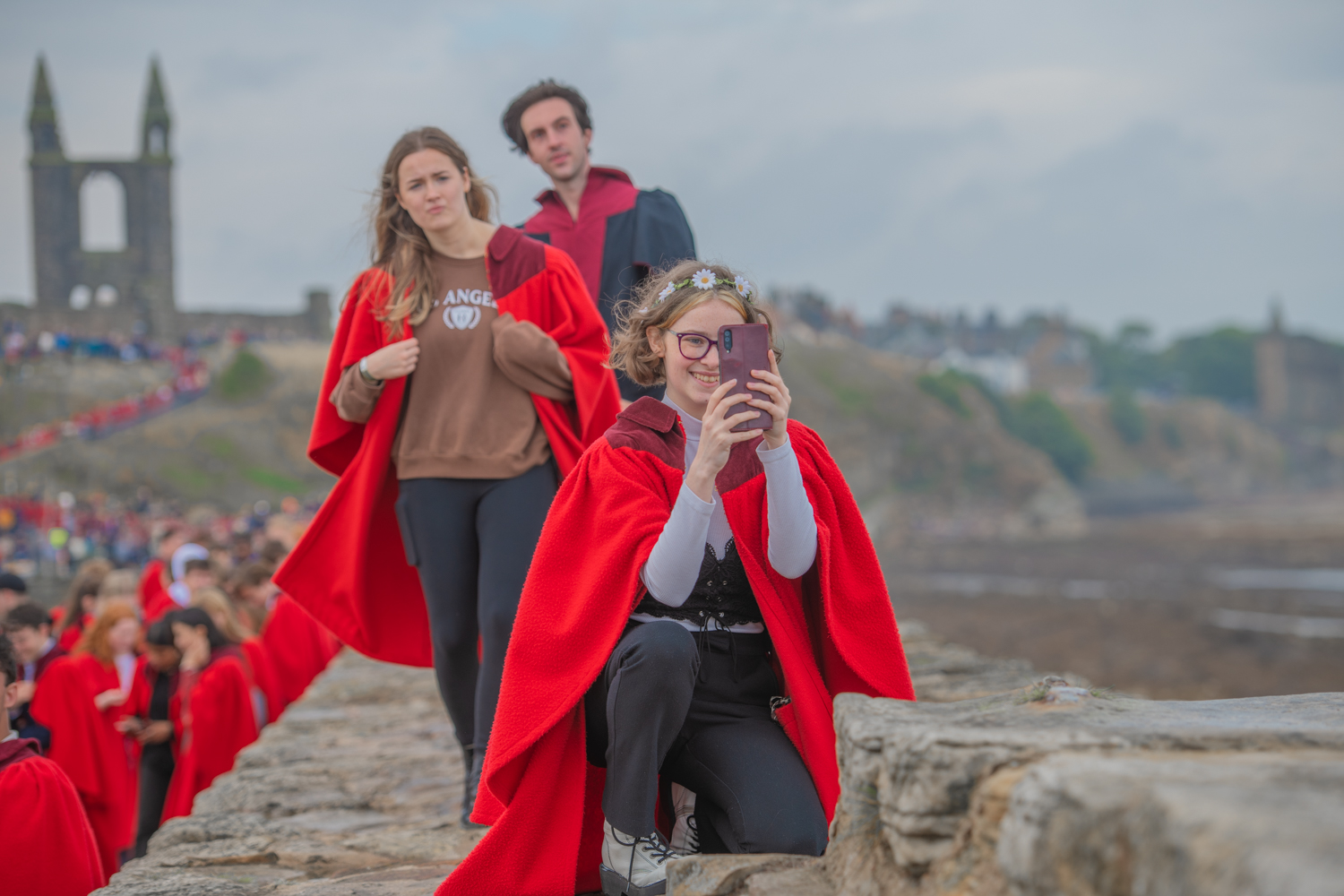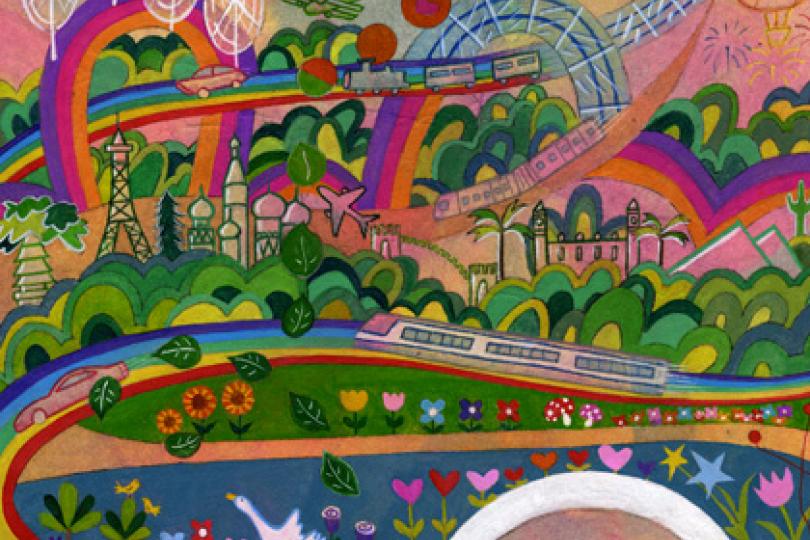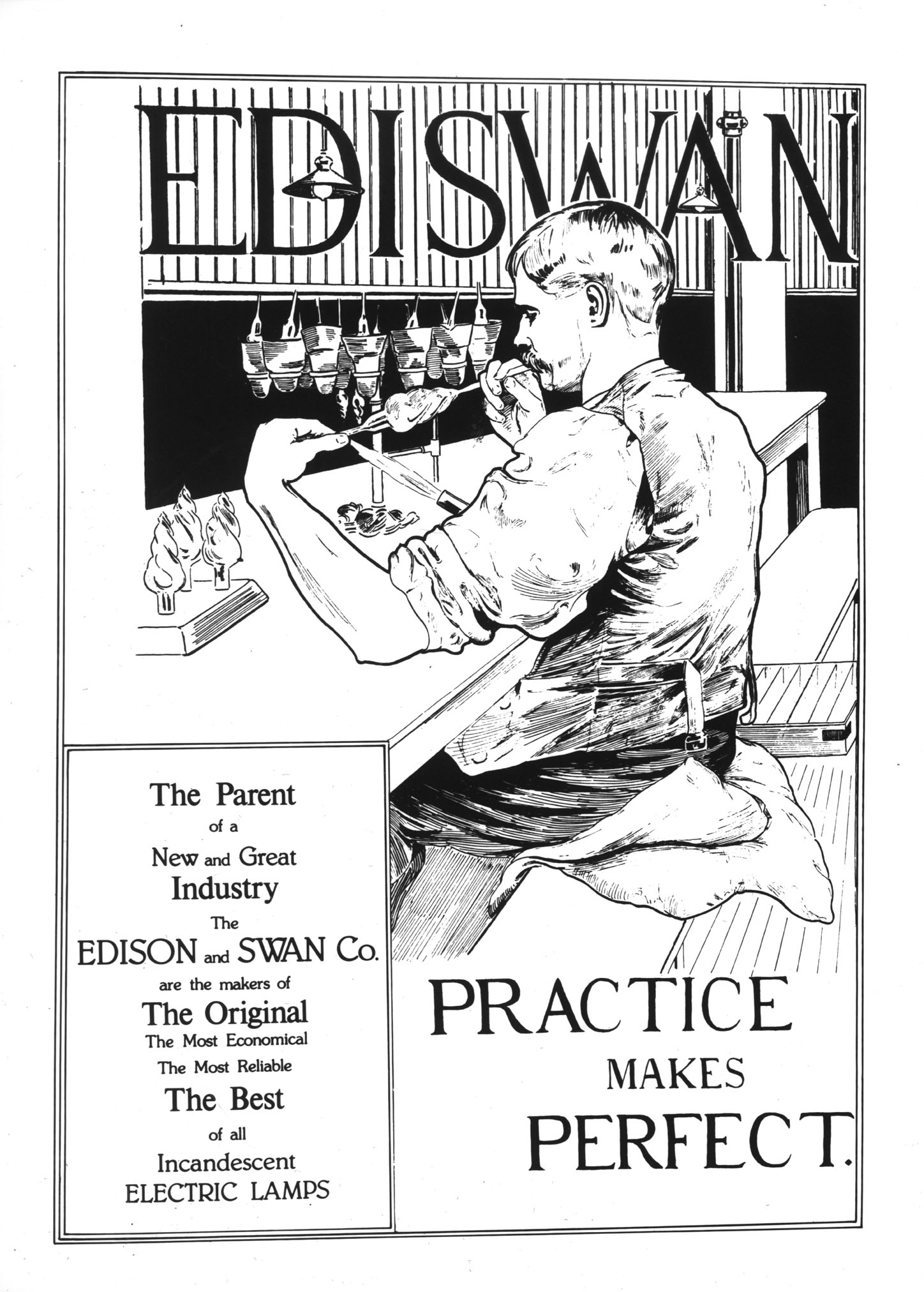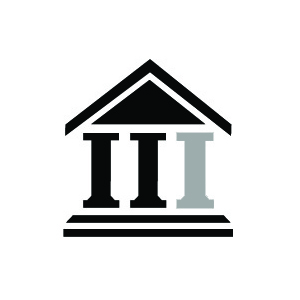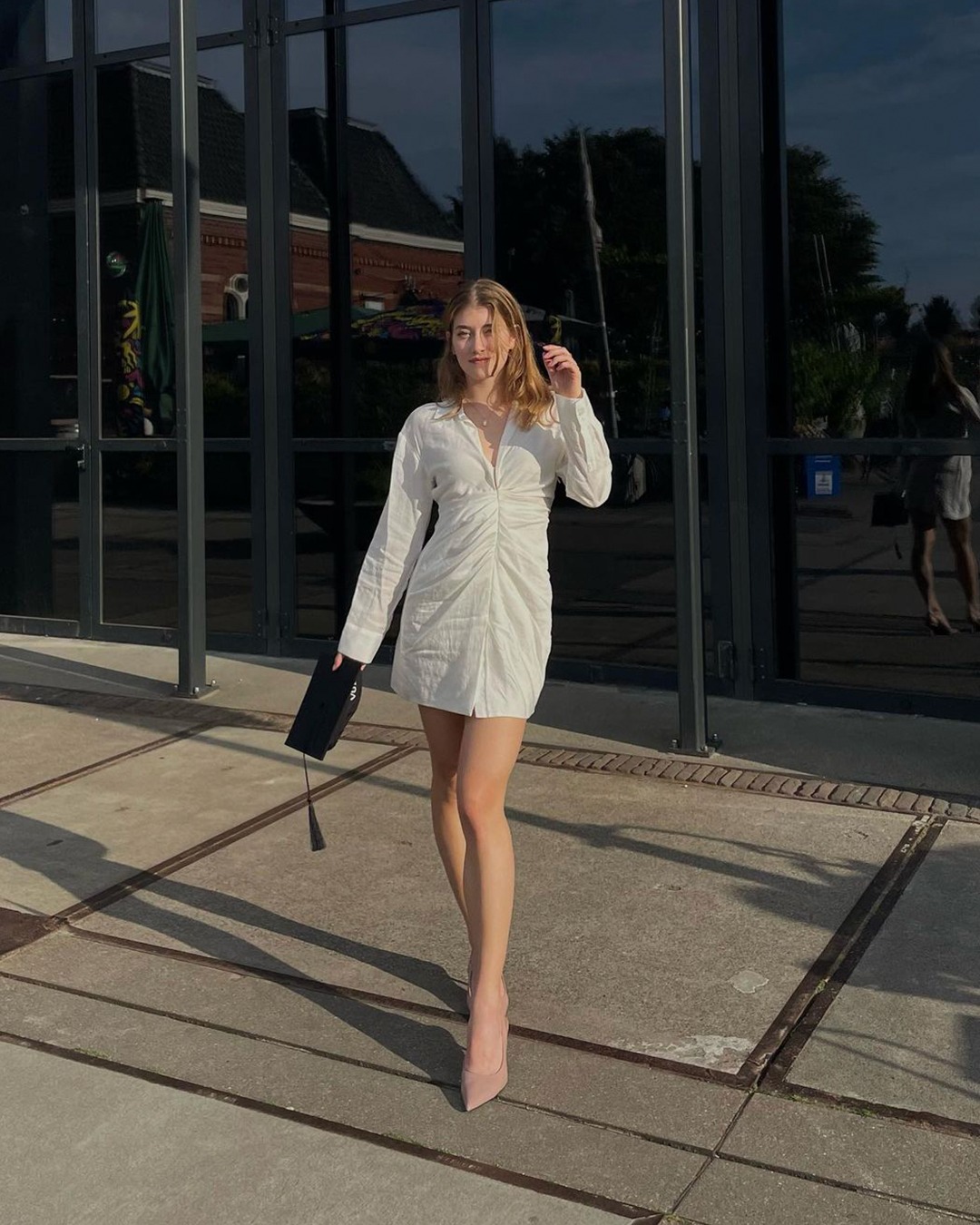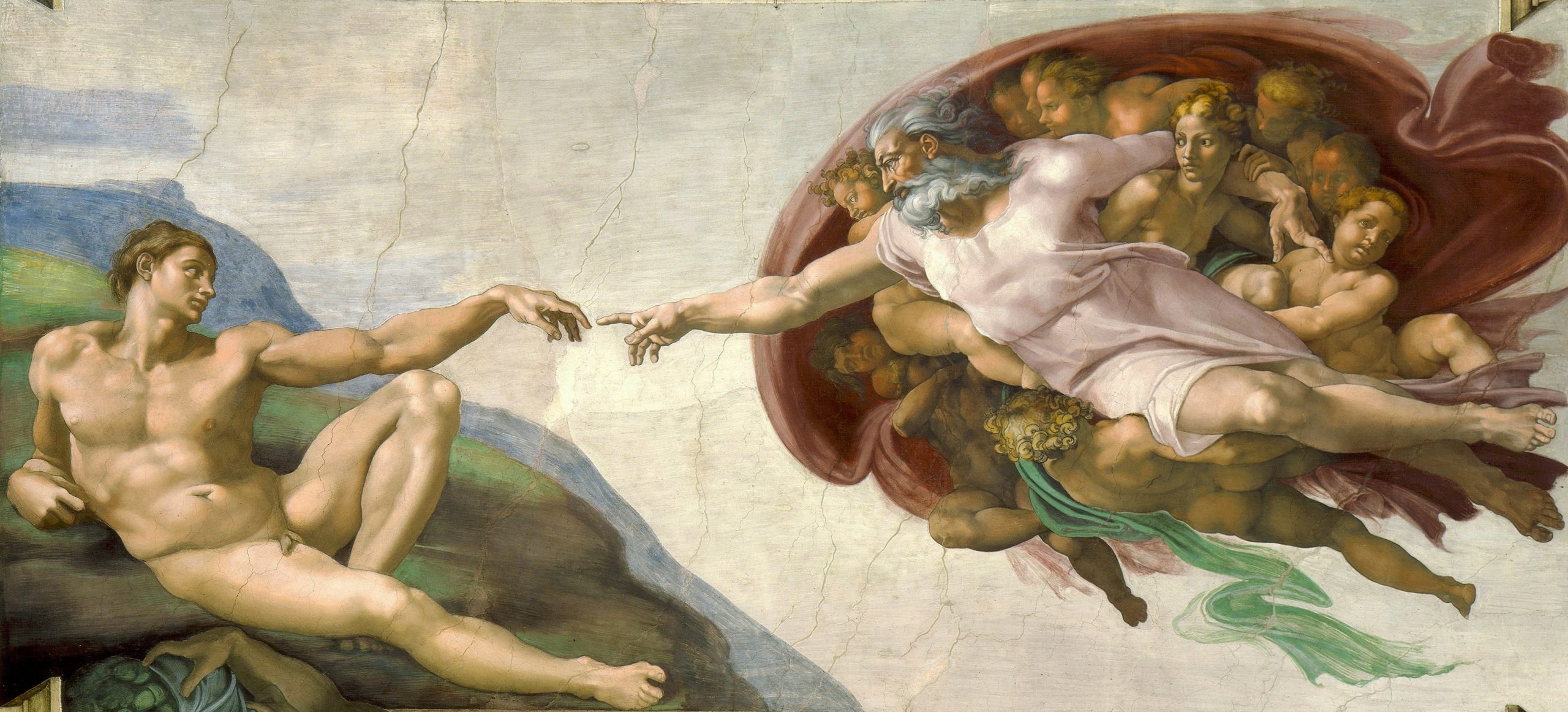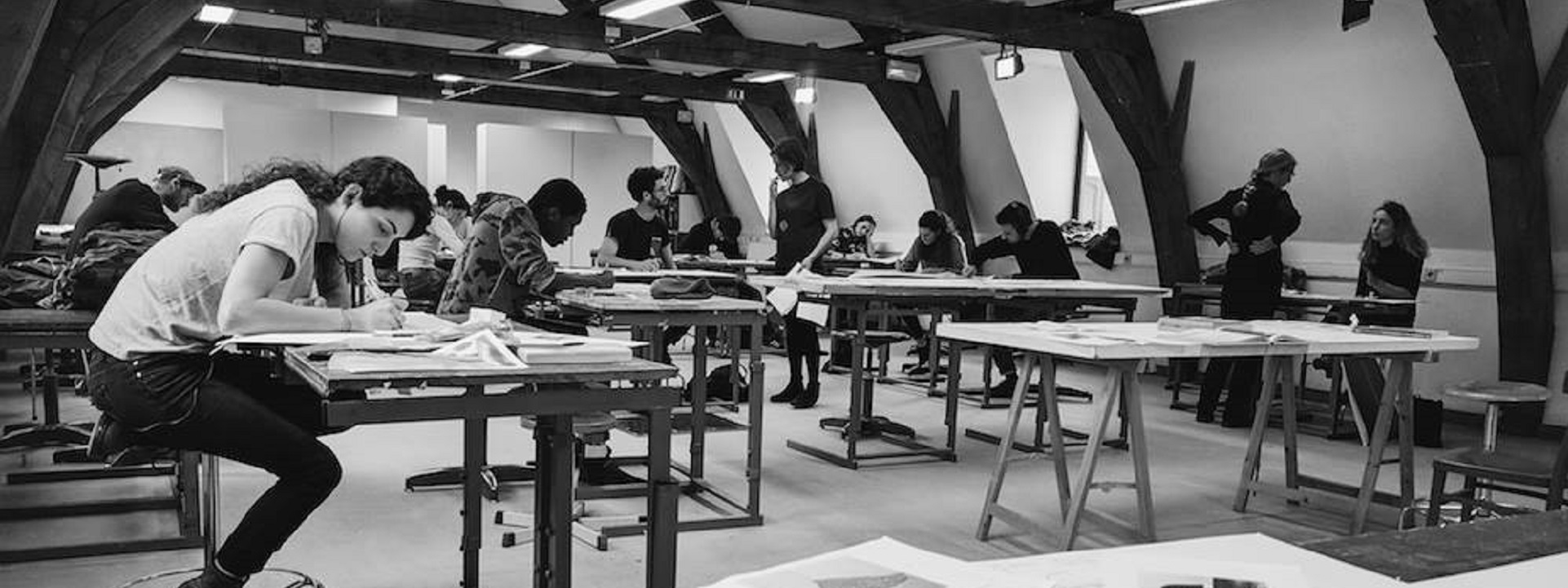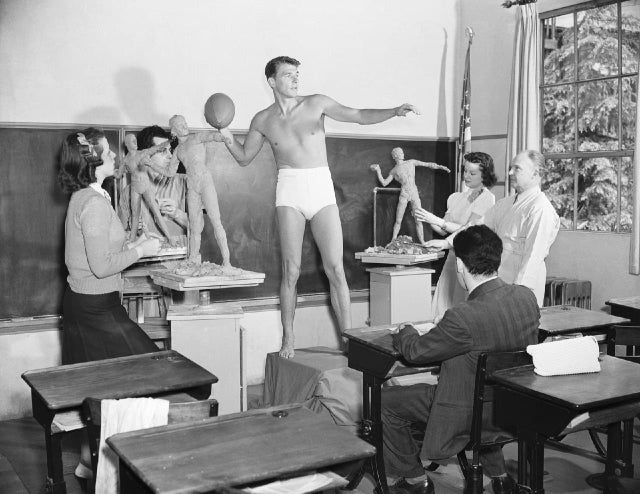Archives
- Home
- Event Page 142

Energy 200
Review of all consensus, consortia and open source codes, standards and regulations regarding energy production and conservation relevant to the education facility industry.
Faculty and staff in the education industry in all nations provide basic research, application research in energy technologies. The “cities-within-cities” we call the #SmartCampus” also provide crucibles for new testing new technologies as well as provide energy load for utilities operating under all ownership regimes.
Send bella@standardsmichigan.com an email for an advance agenda.
Illumination 400
Illumination technologies have had a pattern of consuming about 35 percent of building electrical energy use. That number has been pressed downward with the expanded application of LED luminaires and occupant responsive controls; much of the transformation hastened by the IEEE, IES and ASHRAE best practice catalogs.
Today we run through the development status of these products with specific interest in exterior illumination best practice. This topic also is covered in the 4 time monthly meetings of the IEEE Education & Healthcare Facilities Committee.
Accreditation 100
Today we examine standards-setting activity of non-profit trade associations that set academic standards; with specific interest in how these organizations reference other organizations that set standards for the built environment.
The criteria for an organization to be recognized as a “college” or “university” is dependent on the jurisdiction. There are common characteristics and criteria that many institutions must meet to be officially designated as a college. Keep in mind that these criteria can differ between countries and regions. Here are some general considerations:
Legal Recognition: The institution must be legally recognized by the relevant educational authorities in its jurisdiction. This recognition often involves meeting specific standards related to academic programs, faculty qualifications, facilities, and governance.
- Accreditation: Many countries have accreditation processes that evaluate the quality of education provided by institutions. Accreditation is often granted by independent accrediting bodies that assess factors such as curriculum, faculty credentials, facilities, and student outcomes.
- Degree-Granting Authority: Colleges are typically authorized to confer academic degrees, such as associate degrees, bachelor’s degrees, or higher. The authority to award degrees may be granted by government education agencies or other relevant authorities.
- Faculty Qualifications: Colleges are expected to have qualified faculty members with appropriate academic credentials and expertise in the subjects they teach. Faculty qualifications often include advanced degrees in their respective fields.
- Facilities and Resources: Colleges should have adequate facilities and resources to support the delivery of quality education. This includes classrooms, laboratories, libraries, and other infrastructure necessary for academic activities.
- Adherence to Educational Standards: Colleges are expected to adhere to established educational standards and guidelines. These standards may cover curriculum development, assessment methods, student support services, and other aspects of academic operations.
- Governance and Administration: The institution should have a transparent and effective governance structure and administrative processes. This ensures accountability and the ability to manage the institution in accordance with educational regulations and standards.
- Mission and Purpose: Colleges typically have a clearly defined mission and purpose related to higher education. This may involve a commitment to academic excellence, research, community engagement, or other educational goals.
It’s important to note that the specific requirements and criteria can vary widely depending on the country and its educational system. In some regions, the term “college” may be used differently, and there may be variations in the types of degrees or programs offered by institutions with this designation. As such, it’s advisable to refer to the specific regulations and guidelines established by the educational authorities in a given jurisdiction.
Chór Uniwersytet Warszawski “Nawrócona”
|
“Nawrócona” is a Polish song written by Czesław Niemen and recorded by him in 1972. The song is about a woman who has had a difficult life and has turned to religion for solace and guidance. The lyrics describe the woman’s struggles and how she has found peace through her faith. The song’s title, “Nawrócona,” means “converted” or “repentant” in English, suggesting that the woman has undergone a profound change in her life as a result of her religious beliefs. The song is notable for its powerful, soulful vocals and its fusion of rock and folk music elements. It has become a beloved classic of Polish popular music, and its themes of redemption and hope |
Fine Arts
There are written fine arts standards that have been developed by various organizations and educational bodies. These standards provide a framework for what students should know and be able to do in the arts at different grade levels. Here are a few examples of fine arts standards:
National Core Arts Standards: The National Core Arts Standards were developed by the National Coalition for Core Arts Standards and outline what students should know and be able to do in dance, media arts, music, theater, and visual arts at different grade levels.
State Fine Arts Standards: Many states have their own fine arts standards that are aligned with the National Core Arts Standards but may be tailored to reflect the unique needs and priorities of the state; e.g., State of Ohio Fine Art Standards
International Baccalaureate Arts Standards: The International Baccalaureate (IB) program offers arts standards as part of their curriculum framework for the arts. These standards are designed to develop students’ creative and critical thinking skills in the arts.
Arts Education Partnership National Standards for Arts Education: The Arts Education Partnership has developed national standards for arts education that cover the four major artistic disciplines: dance, music, theater, and visual arts.
Today at 15:00 UTC we drill into the technical specifics that contribute to the safety and sustainability of spaces used for the teaching, practice and
display of the fine arts. These occupancies are typically at greater risk than classrooms because they usually contain volatile fluids for artistic painting
or biologic specimen preservation, kilns for pottery, fabrics and related machinery for teaching fashion design and practice.
New update alert! The 2022 update to the Trademark Assignment Dataset is now available online. Find 1.29 million trademark assignments, involving 2.28 million unique trademark properties issued by the USPTO between March 1952 and January 2023: https://t.co/njrDAbSpwB pic.twitter.com/GkAXrHoQ9T
— USPTO (@uspto) July 13, 2023
Standards Michigan Group, LLC
2723 South State Street | Suite 150
Ann Arbor, MI 48104 USA
888-746-3670




